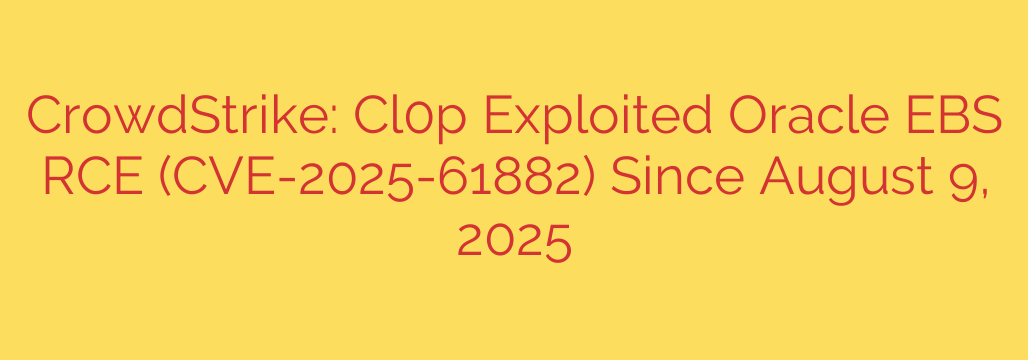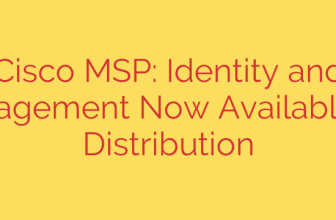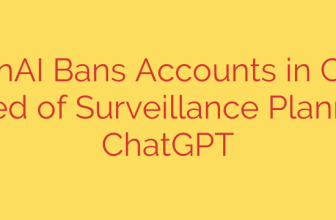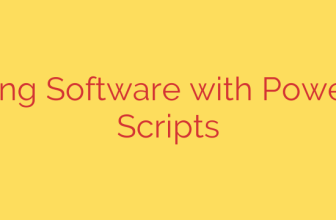
Critical Oracle EBS Vulnerability (CVE-2025-61882) Actively Exploited in Widespread Data Theft Campaign
A severe remote code execution (RCE) vulnerability discovered in Oracle’s E-Business Suite (EBS) is being actively exploited by the notorious Cl0p ransomware and extortion group. The security flaw, tracked as CVE-2025-61882, allows attackers to gain unauthorized access to sensitive corporate systems, leading to significant data breaches.
Evidence suggests that the Cl0p threat actor began exploiting this vulnerability as early as August 9, 2025, indicating the group had knowledge of the flaw long before it was publicly disclosed or patched. This extended period of covert activity means many organizations may have been compromised without their knowledge.
Understanding the CVE-2025-61882 Vulnerability
The core of this issue lies in a critical flaw within the web-facing components of Oracle’s E-Business Suite, a widely used set of applications for managing global business operations. This vulnerability is particularly dangerous because it enables Remote Code Execution (RCE).
In simple terms, an RCE flaw allows an attacker to execute their own malicious code on a target server over the internet, without needing valid user credentials. Successful exploitation gives the attacker a powerful foothold inside a network, potentially leading to full system compromise, data exfiltration, and the deployment of ransomware.
The primary threat actor identified in this campaign is the financially motivated Cl0p group. Known for its sophisticated attacks on large enterprises, Cl0p specializes in exploiting vulnerabilities to steal massive amounts of sensitive data before demanding a ransom to prevent its public release. Their involvement signals that this is not a theoretical threat but an ongoing, targeted campaign with severe financial and reputational consequences for victims.
Urgent Security Recommendations for Oracle EBS Users
Given the active exploitation and the history of the threat actor involved, organizations running Oracle E-Business Suite must take immediate action to mitigate this threat. Failure to do so exposes critical business data, including financial records, customer information, and intellectual property, to theft and extortion.
Here are essential steps to protect your organization:
Apply Security Patches Immediately: The most critical step is to apply the security patch released by Oracle for CVE-2025-61882. Prioritize the patching of all internet-facing EBS instances without delay.
Hunt for Signs of Compromise: Since the exploitation dates back to August 2025, organizations must assume they may have already been breached. Conduct a thorough forensic investigation of your Oracle EBS servers and surrounding network infrastructure. Look for unusual activity, unexpected network connections, or unauthorized files and processes dating back to that period.
Scrutinize Access Logs: Carefully review web server and application logs for any suspicious requests or patterns that could indicate an attempted or successful exploitation of the vulnerability. Pay close attention to logs from any public-facing EBS modules.
Isolate Critical Systems: If immediate patching is not possible, consider isolating vulnerable systems from the internet to prevent external access. Use network segmentation to limit the attacker’s ability to move laterally within your network if a compromise has already occurred.
Enhance Monitoring and Alerting: Ensure you have robust monitoring and alerting systems in place to detect anomalous behavior on your critical servers. Real-time detection is key to containing a breach before significant damage is done.
The exploitation of CVE-2025-61882 represents a clear and present danger to enterprises relying on Oracle E-Business Suite. The involvement of a skilled extortion group like Cl0p elevates the urgency, making swift and decisive action essential for cybersecurity defense.
Source: https://securityaffairs.com/183065/cyber-crime/crowdstrike-ties-oracle-ebs-rce-cve-2025-61882-to-cl0p-attacks-began-aug-9-2025.html








